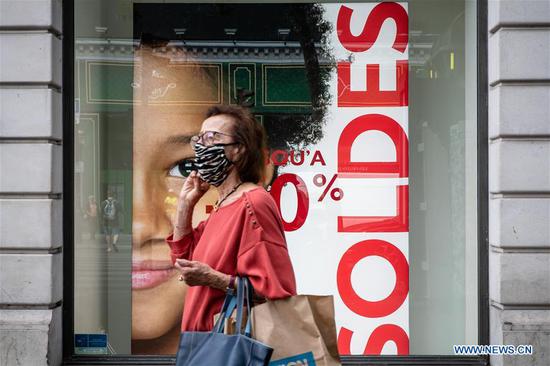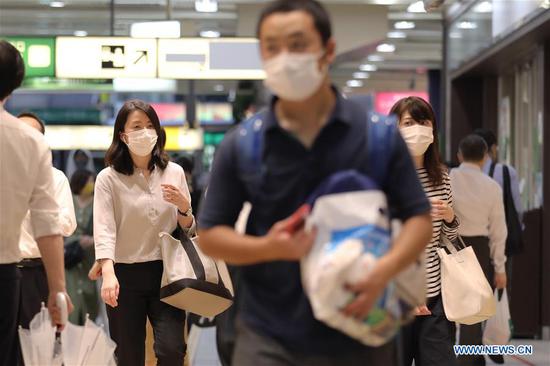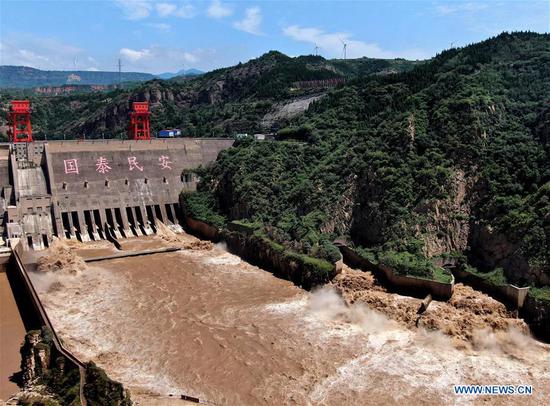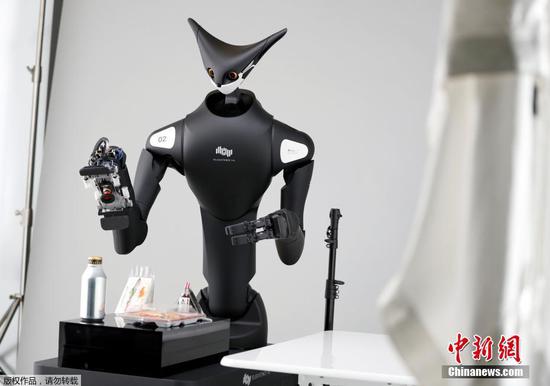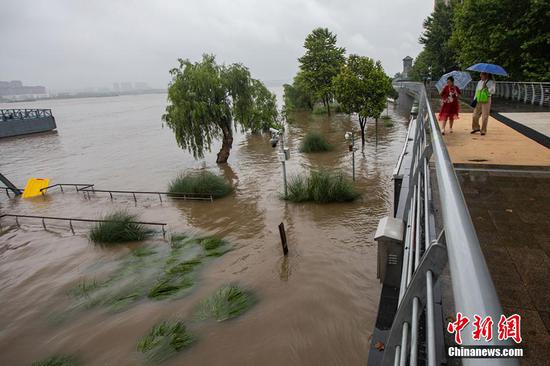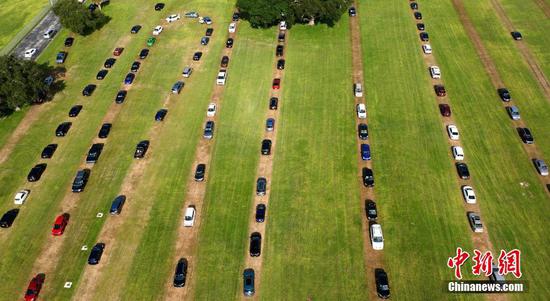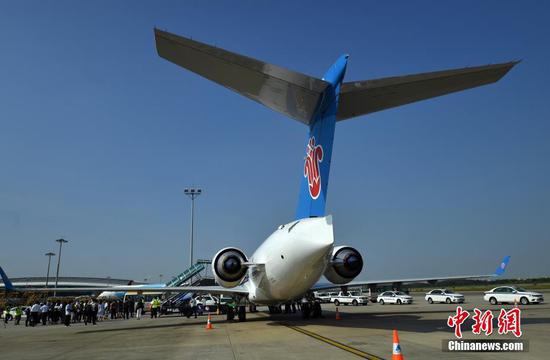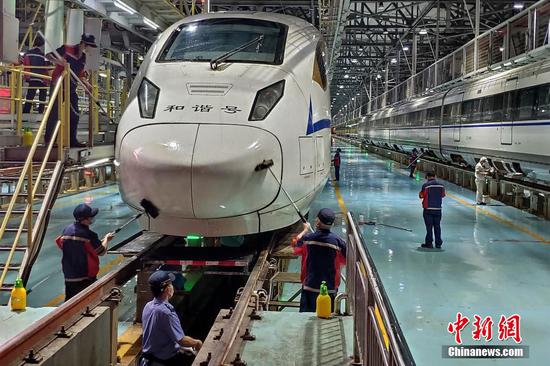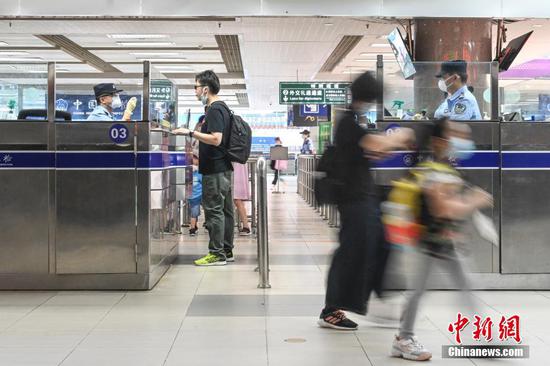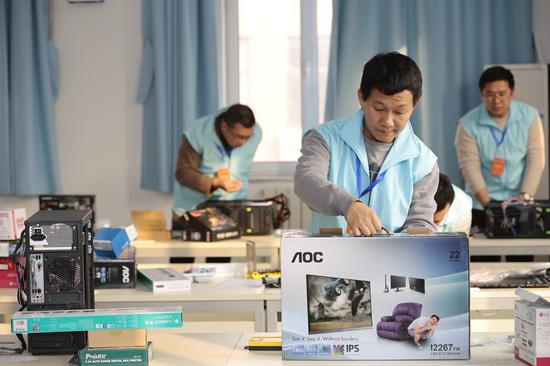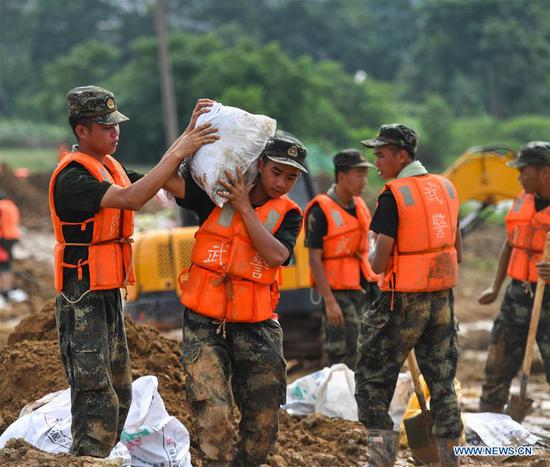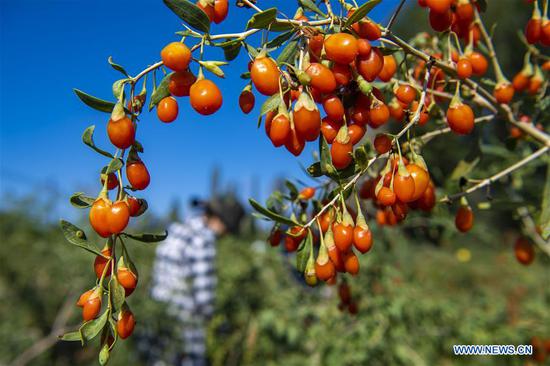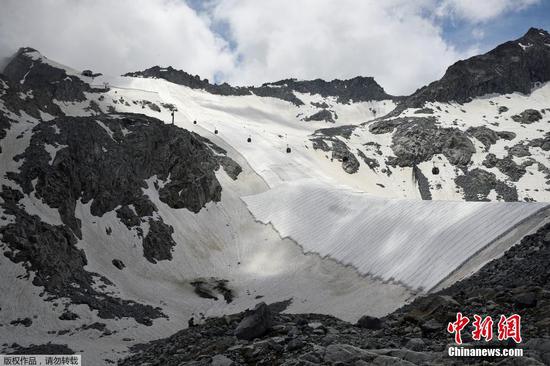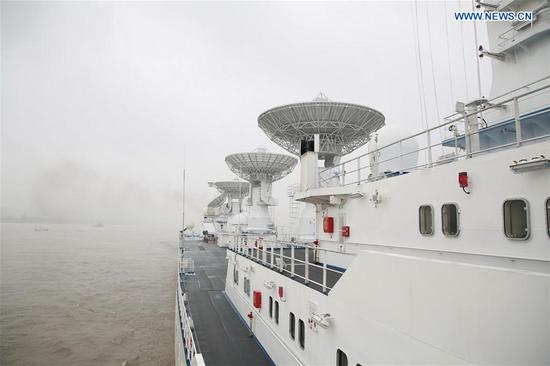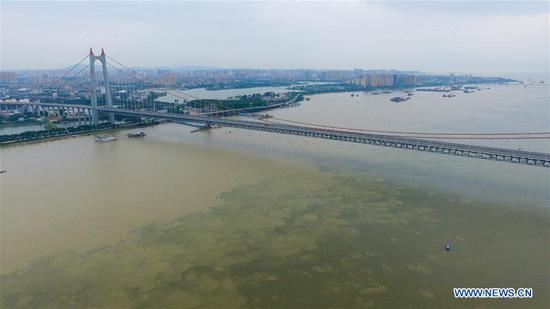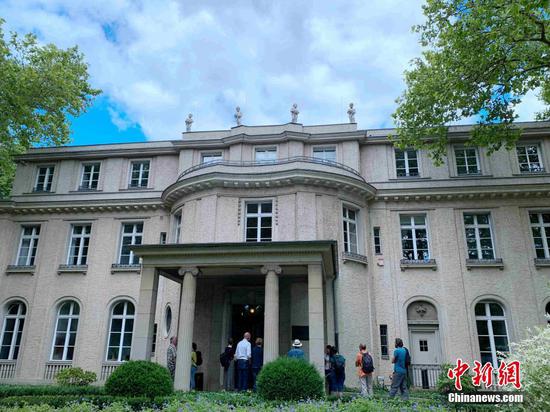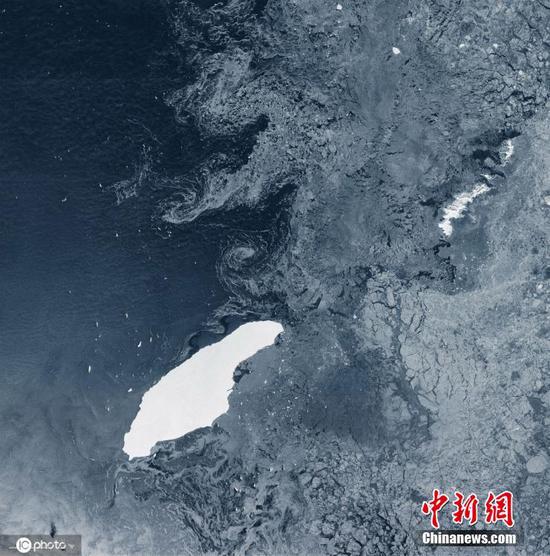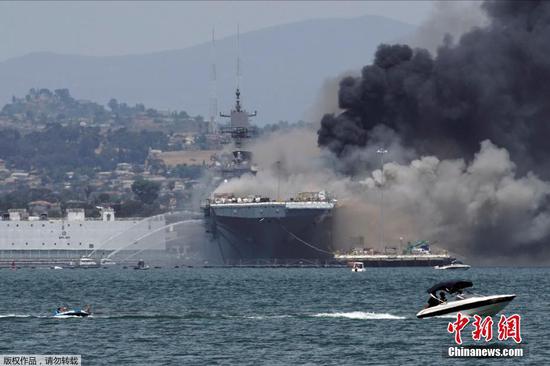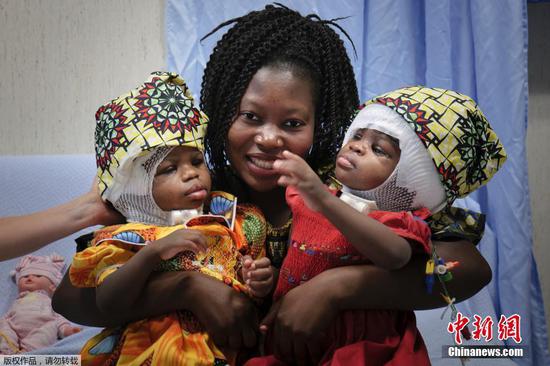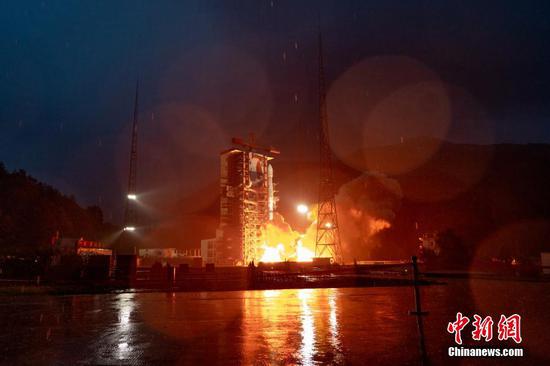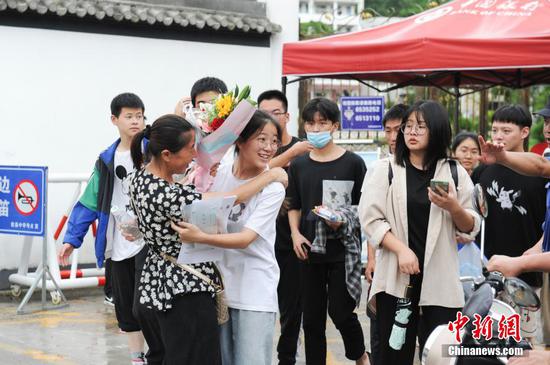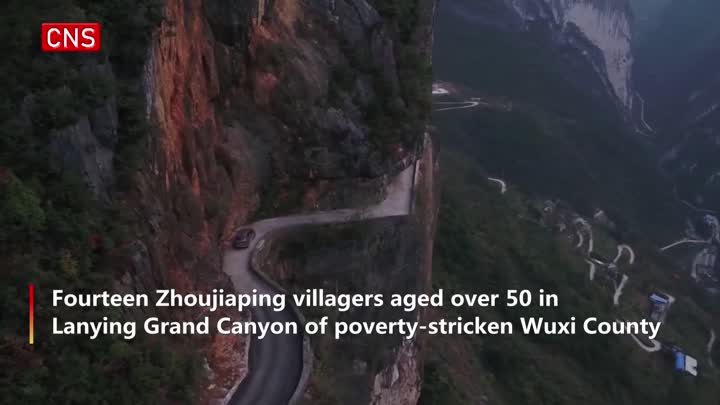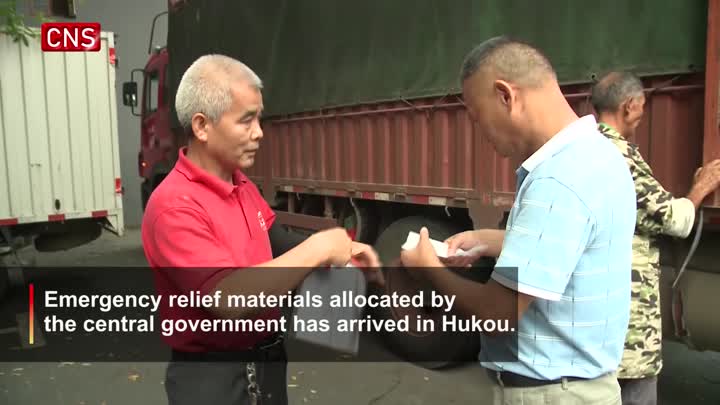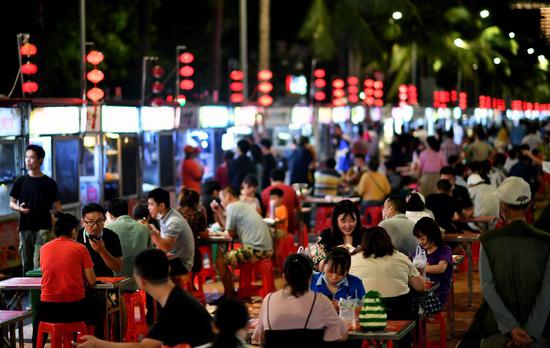
People enjoy snacks at a night market in Haikou, capital of south China's Hainan Province, March 26, 2020. (Xinhua/Guo Cheng)
China's economy bounced back to growth in the second quarter (Q2) this year as the country gradually resumed work and production after effectively containing the COVID-19 epidemic, official data showed on Thursday.
The country's gross domestic product expanded by 3.2 percent year on year in Q2, following a 6.8 percent contraction in Q1, according to data from the National Bureau of Statistics (NBS).
It has not been easy for China to contain the epidemic in a short time and reverse an economic downturn, said NBS spokesperson Liu Aihua.
In the second quarter, while witnessing a gradual rebound in major economic indicators and holding employment and inflation levels stable, China has managed to ensure people's basic livelihoods and promoted new economic sectors, Liu said.
RESTORATIVE GROWTH
China's value-added industrial output went up by 4.4 percent year on year in Q2 as factories stepped up production amid COVID-19 control. Meanwhile, fixed-asset investments went down by 3.1 percent year on year in H1, narrowing from the 6.3-percent decline in the first five months.
Retail sales, a gauge of consumption, declined by 3.9 percent year on year in Q2, shrinking by 15.1 percentage points from the first quarter's decrease.
The Chinese economy overcame the adverse impact of the epidemic in the first half gradually and demonstrated a momentum of recovery, further manifesting its development resilience and vitality, the NBS said.
The bounce was bolstered by the surge of new engines, new businesses, and new models. Investment in the pharmaceutical industry and e-commerce services, springing up amid COVID-19, registered a sharp rise of over 10 percent and 30 percent respectively.
Meanwhile, China registered better-than-expected foreign trade performances in H1, with exports and imports both rising in June.
To shore up the economy against the epidemic shock, the government has rolled out a raft of measures, including more fiscal spending, tax relief, and cuts in lending rates and banks' reserve requirements to revive the coronavirus-ravaged economy, and support employment.
Thursday's data also showed China's job market improved slightly in June, with the surveyed unemployment rate in urban areas standing at 5.7 percent, down 0.2 percentage points from the previous month.
FURTHER RECOVERY EXPECTED
Liu said she expects China's economy to continue recovering in the second half of the year, powered by the steady economic recovery in H1, rapidly growing new industries and business models, as well as the strong support from macro policies.
But she also stressed that China's economic recovery is still under pressure, given the continuing global spread of the epidemic, the evolving impact of the epidemic on the global economy, and the noticeably mounting external risks and challenges.
The worries were echoed by Wen Bin, chief analyst at China Minsheng Bank, who said in a co-authored research note that further efforts should be made to enhance macro-control and expand domestic demand, citing external uncertainties and the lingering impact of the epidemic.
But Wen is confident that with further containment of the virus, and continued implementation of counter-cyclical policies, China's economy will swing back to expansion in the first three quarters and achieve moderate growth for the whole year.
In its latest projection, the International Monetary Fund said China is expected to be the only major economy that could see growth this year by growing 1 percent in 2020, followed by an 8.2-percent growth in 2021.
Yang Yuanqing, Lenovo Group's chairman and CEO, said "smart" ways of consumption, production, and working emerged during the epidemic, and will continue even after the virus is contained. This would drive China's economic recovery, and become an important engine for global growth.
In light of the adverse impact of COVID-19, China has set no specific targets for economic growth for this year, and priority will be given to stabilizing employment and ensuring living standards.
The country has laid a decisive foundation for completing the building of a moderately prosperous society in all respects, and is striving to fulfill the tasks and goals for the whole year, Liu said.











